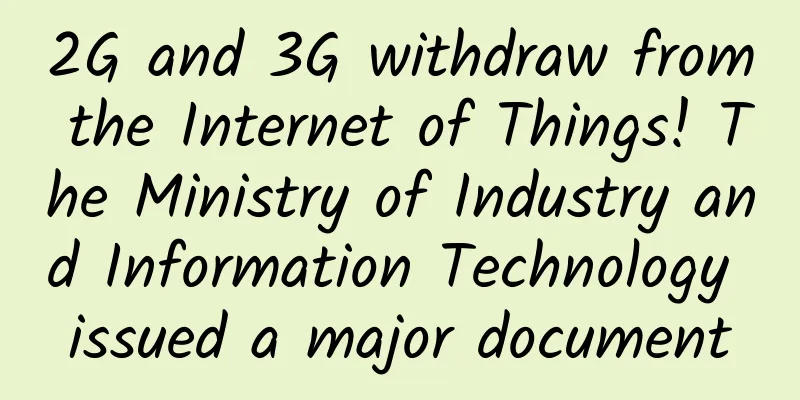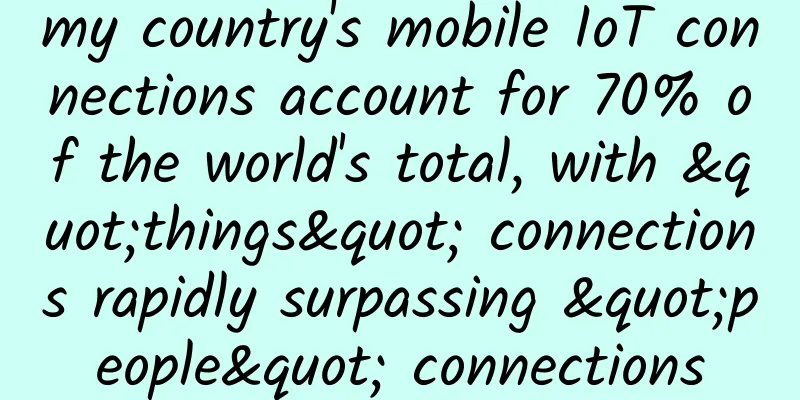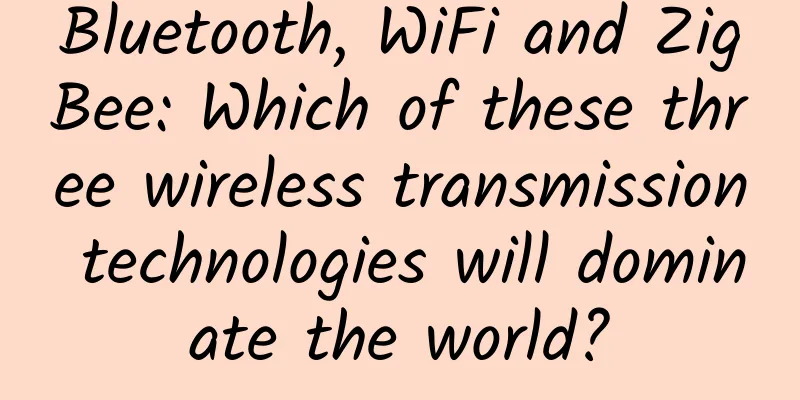Sharing of views | IoT data requires sharing protocols

|
IoT devices generate a lot of data, and even though real secondary and tertiary market opportunities may exist in this data, most of it is siloed in proprietary networks and clouds, or abandoned at the edge of the network. What is lacking is a strong and vendor-agnostic data sharing protocol. In essence, decentralized and scalable peer-to-peer (P2P) networks provide a good blueprint for building this data market.
According to Gartner, there will be 20 billion Internet-connected objects in the world within two years, and 95% of new technology products will be designed with Internet of Things (IoT) capabilities. In every connected device, there is at least one sensor collecting valuable data that can be shared and sold in real time to third parties who have a demand for the data. However, opening this data to the market is risky, but if done right, it can be a real business opportunity. In the vast majority of cases, data remains locked away in proprietary, centralized systems, with the potential value of the data inaccessible to the outside world. The people, organizations, and machines that produce the data cannot leak it to the markets eagerly awaiting it. Because data is confined to silos, only a fraction of its value is realized. With the rise of social media and the Internet of Things, some emerging economies need more real-time data. Smart cities, smart homes, and self-driving cars will collect more local data, whether it is recording human behavior, machine operation, or everything about the environment around people. However, there is no neutral platform provider on the Internet today to support the conditions for secure transmission, storage, and monetization required for the new data economy. For this valuable data, there is currently no real way to trade in the world. Is a data sharing economy necessary? Currently, the industry still lacks a scalable distribution system for publish/subscribe messaging, where no one party owns the information, even though anyone can use it. To illustrate this, imagine an instant messaging (IM) application, where text published to a stream can be securely delivered to everyone listening to (or subscribing to) that stream. Furthermore, it's not just text messages, imagine that all data has similarities, and the system needs to support one-to-many conversations, as well as many-to-many and private models. Historically, in cases like instant messaging (IM), online gaming, and data distribution between subscribers in real time, they either had to create their own infrastructure or rely on centralized cloud services. On the one hand, building your own infrastructure adds costs and risks to even the simplest projects. The result is usually a unique, closed network that doesn’t help anyone else and is difficult to maintain. On the other hand, the barrier to entry for centralized alternatives is that they usually put data in the hands of large, irresponsible companies, which puts them at risk of being used by another party to create a proprietary solution that competes with them. The Internet requires a protocol through which humans, organizations, and machines can publish data and through which authorized parties can subscribe to it. But it also requires a trusted market to handle the millions of financial transactions that come with it. An open, fair, and free data economy requires that data networks and their markets meet several conditions:
Build a network At present, there are relatively mature and emerging technologies that can meet the above requirements, but the difficulty lies in how to combine them into a clear and powerful data management protocol. For the data network itself, the peer-to-peer network (P2P) widely used for file sharing is a good method. P2P networks are decentralized and inherently scalable, providing an excellent foundation for the real-time exchange of information. Data-sharing networks can be built on existing open source libraries, using additional technologies, including end-to-end encryption, to strengthen the system and ensure privacy and anonymity when needed. It follows that markets can be built using blockchain technology to ensure value settlement, identity, and permission control are at least within the constraints of blockchain technology. This approach has the added benefit of enabling incentives (cryptocurrency) for those who support the node and bandwidth data network. Can people go beyond the limitations of blockchain and meet the growing demand for data sharing platforms? Time will tell. |
Recommend
Verizon expands 5G enterprise network to 24 cities in the U.S.
Beijing time, April 16th morning news, the larges...
How can telecom operators build a new generation of network and information security system?
[[177570]] The rapid development of mobile Intern...
Why SD-WAN Won’t Kill MPLS
"SD-WAN will replace MPLS" is a common ...
NGINX Official Test Center was established to release exams and certifications to provide skills upgrade for Chinese NGINX users
On April 8, 2021, the NGINX Official Authorized C...
DAMO's full-stack data solution is grandly launched, opening a new journey for domestic databases
The Fifth Plenary Session of the 19th CPC Central...
5G spectrum technology has made a breakthrough, and battery life has soared
Improving battery life has been a challenge for a...
Will 5G phones turn back to 4G? Possibly
At the press conference of the State Council Info...
Why are IDC companies keen on entering the broadband access network field?
Since the country launched the pilot business of ...
South Korean court rules that network operators can charge broadband fees to big data users like Netflix
As the video streaming market explodes, a South K...
Cisco Releases Fourth Quarter and Full Year Results for Fiscal 2022
Fourth quarter results for fiscal year 2022: Sale...
EBS Lens, a powerful tool for block storage monitoring and service stress testing and tuning, is released
EBS Monitoring Status Block storage is a block de...
The greater development of 5G lies in industrial applications
[[181724]] Some people say that 4G has changed ou...
Network security protection under large-scale deployment of IPv6 - Seven questions and answers on IPv6 security technology
Due to its huge address space, IPv6 has a natural...
What are the Bluetooth versions? A brief discussion on Bluetooth 5.0 and its difference from Wifi
Wireless networks are widely used, and short-rang...
RAKsmart independent IP virtual host is online, unlimited traffic/unlimited domain name, 40% off for monthly payment and 30% off for annual payment, starting from $13.23/year
RAKsmart's product line has been further enri...









